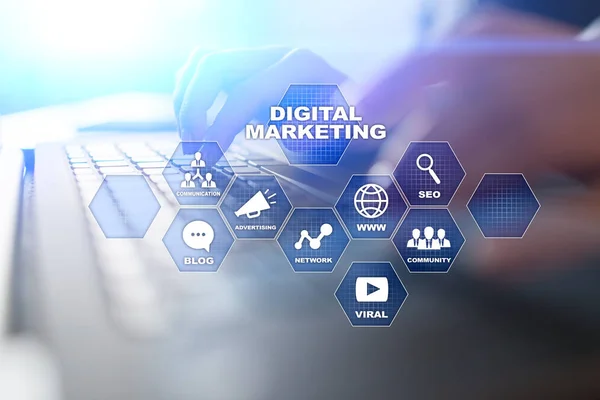
Introduction: The Evolution of Digital Marketing
In today’s interconnected world, digital marketing has become an indispensable tool for businesses of all sizes. With the rise of social media, search engines, and online advertising platforms, reaching and engaging with target audiences has never been more accessible. However, navigating the complexities of the digital landscape requires a strategic approach and a deep understanding of digital marketing tactics. In this guide, we’ll explore essential strategies and best practices for achieving success in the ever-evolving realm of digital marketing.
1. Understanding the Digital Marketing Landscape
Digital marketing encompasses a wide range of tactics and channels, each with its unique strengths and opportunities:
- Search Engine Optimization (SEO): SEO focuses on optimizing your website to rank higher in search engine results pages (SERPs), increasing visibility and organic traffic.
- Social Media Marketing: Leveraging social media platforms such as Facebook, Instagram, Twitter, and LinkedIn to connect with your audience, build brand awareness, and drive engagement.
- Content Marketing: Creating and distributing valuable, relevant content to attract and retain a target audience, ultimately driving profitable customer action.
- Email Marketing: Utilizing email campaigns to nurture leads, communicate with customers, and drive conversions.
- Pay-Per-Click (PPC) Advertising: Running paid advertising campaigns on search engines and social media platforms to drive targeted traffic to your website and generate leads or sales.
2. Crafting a Digital Marketing Strategy
A successful digital marketing strategy starts with clearly defined goals and a well-thought-out plan:
- Define Your Objectives: Whether it’s increasing brand awareness, driving website traffic, or generating leads and sales, clearly define your marketing objectives to guide your strategy.
- Know Your Audience: Conduct thorough research to understand your target audience’s demographics, preferences, and online behavior. Tailor your messaging and tactics to resonate with their needs and interests.
- Choose the Right Channels: Select digital marketing channels that align with your goals and audience preferences. Consider factors such as platform demographics, engagement metrics, and ad targeting options.
- Create Compelling Content: Develop high-quality, engaging content that provides value to your audience and aligns with your brand messaging. Whether it’s blog posts, videos, infographics, or social media posts, focus on delivering content that informs, entertains, or inspires your audience.
3. Implementing Digital Marketing Tactics
Once you’ve developed your strategy, it’s time to execute your digital marketing tactics:
- Optimize Your Website: Ensure your website is user-friendly, mobile-responsive, and optimized for search engines to maximize visibility and conversions.
- Engage on Social Media: Regularly post engaging content, interact with your audience, and participate in relevant conversations on social media platforms to build relationships and foster brand loyalty.
- Create Compelling Content: Develop a content calendar and consistently produce high-quality, relevant content that educates, entertains, or inspires your audience.
- Measure and Analyze Results: Monitor key performance indicators (KPIs) such as website traffic, engagement metrics, conversion rates, and ROI to evaluate the effectiveness of your digital marketing efforts. Use data-driven insights to optimize your strategy and make informed decisions moving forward.
Conclusion: Mastering the Digital Marketing Landscape
Digital marketing offers endless opportunities for businesses to connect with their audience, drive engagement, and achieve their marketing objectives. By understanding the digital marketing landscape, crafting a strategic approach, and implementing effective tactics, you can navigate the complexities of the digital world with confidence and achieve success in your marketing endeavors. Embrace the power of digital marketing and unlock the full potential of your brand in the digital age.



